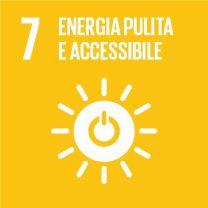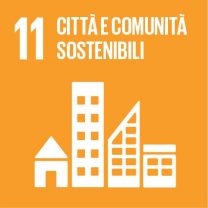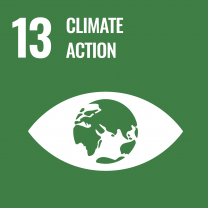Authors
Jessica Balest – EURAC Research
Sustainable development goals
Themes
- energy requalification
- energy saving
- social innovation
Tools
- co-design
- smart metering
- app
What does the promoted behavioral change consist of?
- Collect comments, information and perceptions on the renovation process, the functioning of the renovated building and the technologies installed. All this information is aimed at promoting activities for the improvement of acceptance (Balest et al. 2018);
- Contribute to the change in energy behavior in renovated buildings, in view of a greater reduction in energy consumption (DellaValle et al. 2018, Liu et al. 2016, Galvin 2013);
- Improve the well-being of the person and not only the internal comfort and the reduction of costs related to energy consumption. The well-being of the person must also consider a well-being linked to a relationship of trust with those who work for the restructuring and to an amount of knowledge and skills that allow the person to interact easily with technology (Shove 2018).
The idea of the HEART project is to seek a balance between technological change and change in behaviours and daily habits. The cooperation between the key players involved in the renovation and the tenants can respond to many project needs, as well as increase people’s acceptance of renovation and technologies. Once there is acceptance, it is easier to promote a change in behaviour, consistent with the technology included with the renovation in the building. Furthermore, the acceptance of tenants allows us to make improvements in technological innovation and promote social innovation aimed at solving needs other than access to energy, through co-creation processes.
What are the main features of the tools designed/implemented to promote behavioral change and how have they been tested?
The personal interaction between planners and tenants will be integrated by an interaction between building / technology and tenant, based on communication and information technologies (DellaValle et al. 2018). An application will be available to tenants to be able to adjust the operation of the heating and cooling system. Furthermore, a warning system that indicates to the tenant excessive costs or consumption will be constructed.
The development and testing of ways to promote a change in the energy behaviour of tenants is underway. The current phase focuses on creating a relationship of trust with tenants and will continue with an accompanying process in changing daily habits.
The process of changing behaviours must be accompanied by adequate information on the operation and maintenance of new technologies, by demonstrating how the technology should be used and maintained and by a path with tenants to make them understand the importance of the correct use of technologies to ensure a decrease in energy consumption and an improvement in the quality of life. All elements of this process favour the change in energy behaviour (Doyle & Davies 2013). This approach is based on theories of social practice (Shove 2018).
What results have been achieved? What are the potentials and obstacles?
Until now, the main achievement has been the creation of a relationship of trust between those working in the HEART project, the planners and the tenants. The accompaniment path discussed above is going to be organized. The main obstacle recognized is that of the impossibility or difficulty of replicating this process in other case studies, with acceptable resources, both in terms of costs and time.
[last update: 20/12/2019]
Research team at PoliMi
Claudio Del Pero, Niccolò Aste, Fabrizio Leonforte – DABC

References
Balest J., Pisani E., Vettorato D., Secco L. (2018), Local reflections on low-carbon energy systems: A systematic review of actors, processes, and networks of local societies, Energy Research & Social Science, 42, 170-181.
DellaValle N., Bisello A., Balest J. (2018), In search of behavioural and social levers for effective social housing retrofit programs, Energy & Buildings, 172, 517-524.
Doyle R., Davies A.R. (2013), Towards sustainable household consumption: exploring a practice oriented, participatory backcasting approach for sustainable home heating practices in Ireland, Journal of Cleaner Production, 48, 260-271.
Galvin R. (2013), Impediments to energy-efficient ventilation of German dwellings: A case study in Aachen, Energy & Buildings, 56, 32-40.
Liu W., Oosterveer P., Spaargaren G. (2016), Promoting sustainable consumption in China: a conceptual framework and research review, Journal of Cleaner Production, 134, 13-21.
Shove E. (2018), What is wrong with energy efficiency?, Building Research & Information, 46, 779-789.










